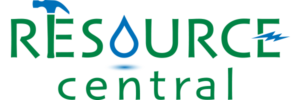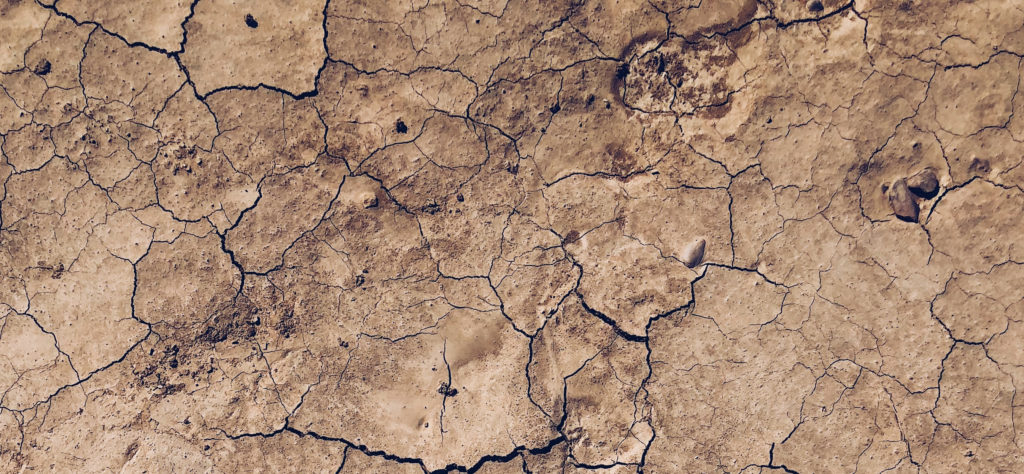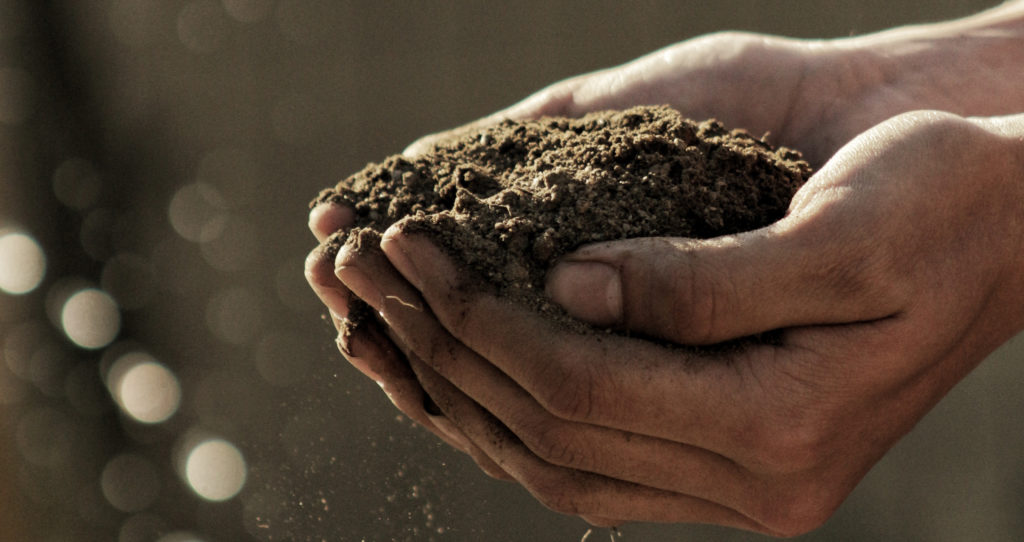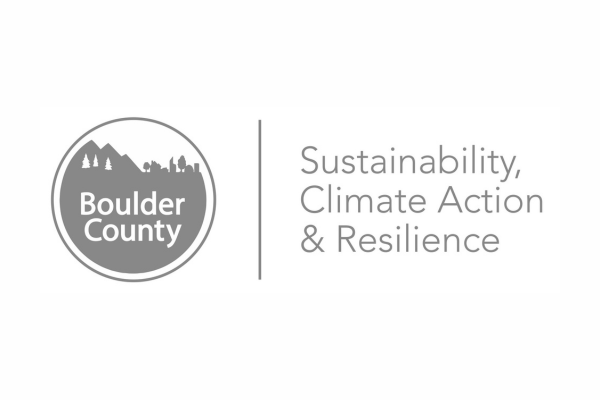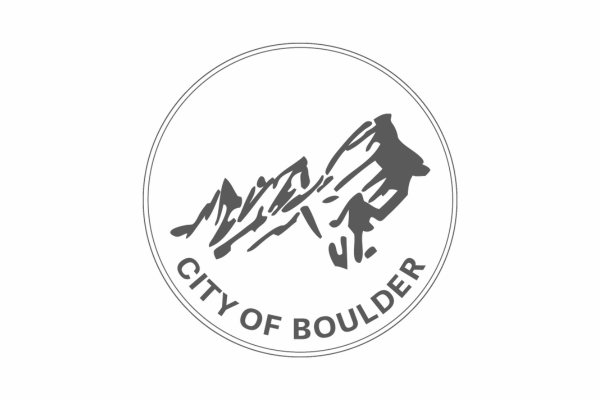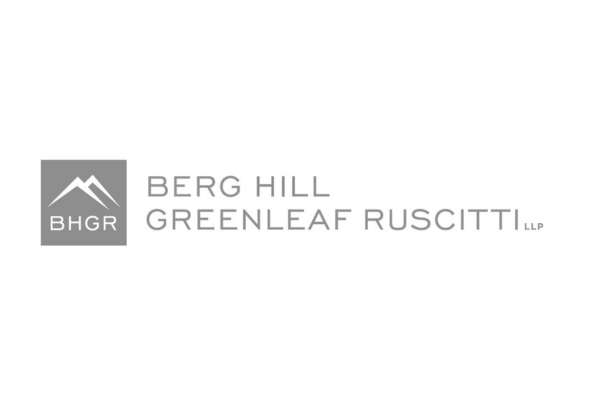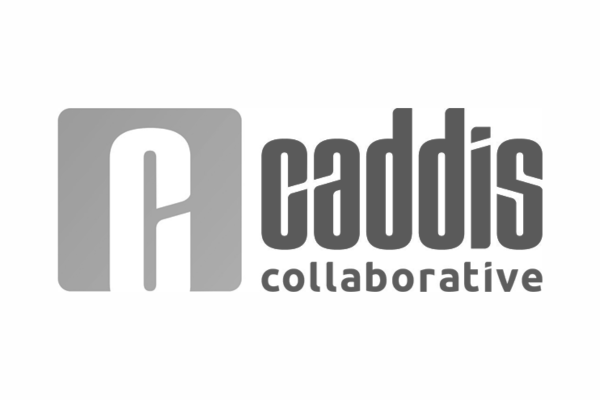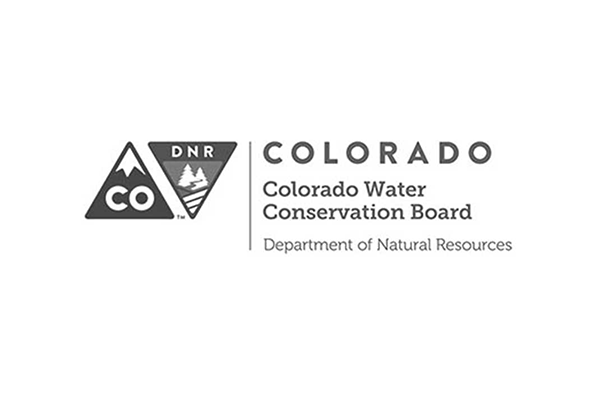Ask Miss Jean!

Jean Lovell, long-time Resource Central volunteer and former master gardener, tackles your gardening questions!
Submit your question(s) for Miss Jean to: GardenInfo@ResourceCentral.org
Q: When and how should I test my soil?
A: In a new garden, the value of soil testing lies in establishing a baseline on soil salts, phosphorus, potassium, pH, and the need for amendments. If your plants are struggling or lagging in expected growth, it’s a good place to start. This is a primer on giving your garden an important leg up with soil testing.
WHY TEST?
Soil testing is important in creating a healthy garden. Identifying the type of soil and what it lacks is critical before you can start improving it. In a new garden, the value lies in establishing a baseline on soil salts, phosphorus, potassium, pH, and the need for amendments. A soil test will explain which nutrients are lacking or are overabundant and will include an interpretation of the results as well as some recommendations about fertilizer, compost and other amendments for soil improvement. If your plants are struggling, it’s a good place to start troubleshooting.
WHEN TO TEST?
Soil testing can be done any time of year as long as the ground is thawed enough to dig up soil samples. In Colorado’s generally alkaline soils, a test is advised when one of the following occurs:
a. – starting a new garden
b. – major changes, such as large amounts of biosolids or other organic materials are added
c. – every 4-8 years to re-establish the baseline soil health
WHAT TEST TO BUY?
There are a few options out there from at-home to mail-in tests. Each type comes with some pros and cons. We encourage you to use whichever works best for your needs.
At Home, Do-It-Yourself (DIY) Tests:
Pros: Easy to find and purchase locally; Easy to use; Affordable; Immediate results
Cons: Accuracy is sometimes questioned; No results interpretation (may need additional resources to determine next steps)
a. – chemical – Kits contain several vials containing powder that changes color when it reacts to nutrients in the soil. You compare the solution color with a color-coded chart to determine levels of each nutrient or pH. There are home kits that test more than just pH like this one.
b. – electrical – A forked probe attached to a meter, such as this, that measures pH and soil moisture level like this.
Mail-in, Professional Tests: While several companies do soil testing, we’ve found a few that get good reviews but are still very affordable.
Pros: Increased Accuracy; Results interpretation (amendment suggestions included); Relatively easy
Cons: Drop-off or Mail in your samples; Slightly pricier; 3-5 day wait for results
a. – Midwest Labs
b. – Colorado State (CSU) Extension – Here is a list of CO nurseries or hardware stores that carry these sample kits.
HOW TO TEST?
All tests will come with sampling instructions but if you are doing DIY or professional testing you will follow the same sampling procedures to get an accurate average of your planting areas. Here’s a video that goes over the basics!
INTERPRETING THE RESULTS
Here are some resources on interpreting your soil test results:
a. – A video guide for interpreting your Midwest Labs results
b. – A supplemental write-up for interpreting CSU Extension results
c. – Here’s a sample soil test from CSU Extention
*A quick note: Too many people interpret an “adequate” result as “not enough” but, in fact, it is perfectly suitable when we are talking gardens! It means the plants won’t use more of that component than what is present. Trust the word adequate!
Building healthy soil is an evolving process and will take some time. Generally speaking, Front Range soils typically contain low organic matter, and thus often benefit from amendments of organic matter (plant-based compost, chopped leaves, rotted manure). However, don’t go overboard as over-amending soils can result in elevated salt levels, which causes poor plant health. Too much of a good thing certainly applies when it comes to amending or fertilizing! Adding about 1 inch of organic matter to the soil surface then tilling it in about 6 inches deep is often appropriate for routine soil maintenance. When your soil’s organic matter reaches 5% – the best for gardens – you can stop amending.
Join us next month as we dive into the topic of soil amendments during garden bed preparation.
